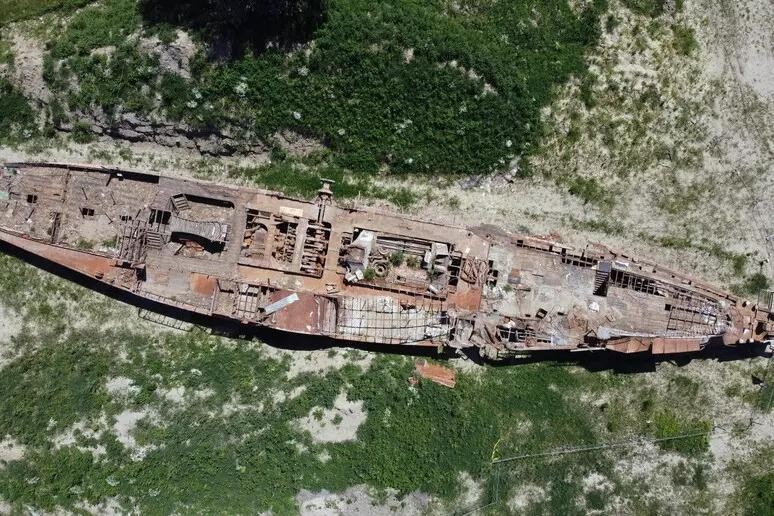Climate change is causing increasingly widespread droughts, leading to the drying up of reservoirs and rivers around the world. As a result, ancient relics, ruins, and remains can resurface from their depths, offering a glimpse into past civilizations while highlighting the profound and lasting effects of climate change.
Let’s explore 7 surprising ancient relics that have been uncovered.
Dinosaur Tracks, Paluxy River, Texas
Extreme drought has reduced the Paluxy River to a fraction of its normal flow, revealing additional dinosaur tracks beyond those already known in Texas’s Dinosaur Valley State Park. These newly uncovered dinosaur footprints, likely left by the massive theropod Acrocanthosaurus, date back approximately 113 million years.
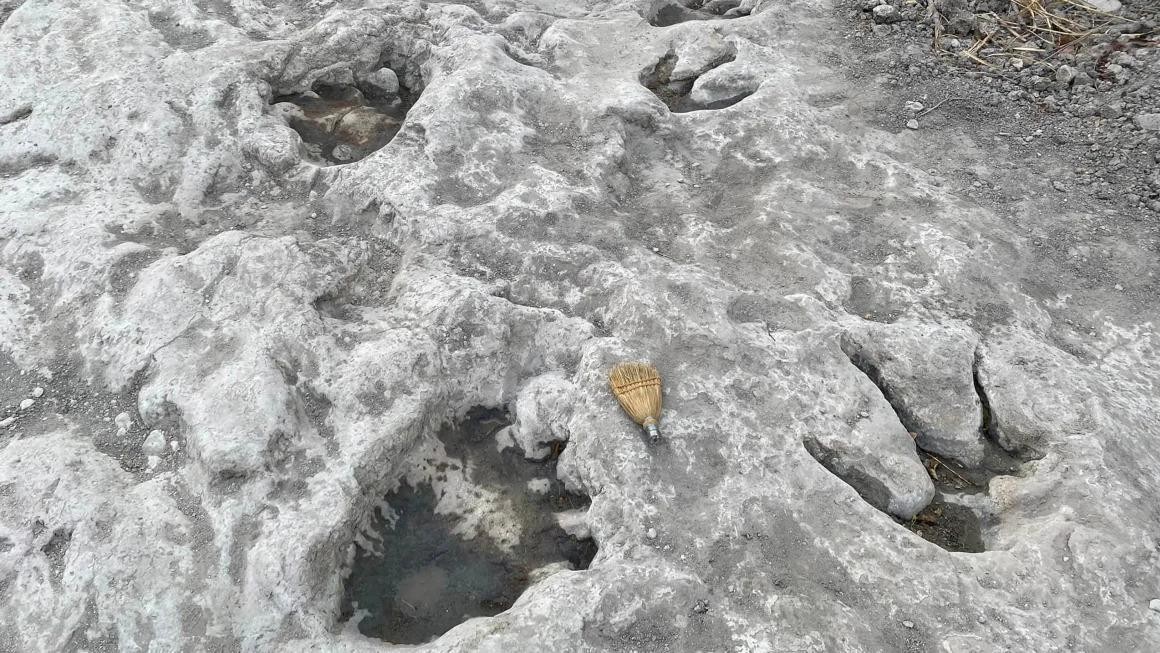
Dolmen of Guadalperal (“Spanish Stonehenge”), Valdecañas Reservoir, Spain
During one of the worst droughts in recent decades, water levels in the Valdecañas Reservoir in the province of Cáceres, Spain, dropped drastically, revealing the Dolmen of Guadalperal, often called the “Spanish Stonehenge”. This circle of dozens of megalithic stones, dating back to 5000 BC, was submerged in the 1960s and is now visible for only the second time since then.
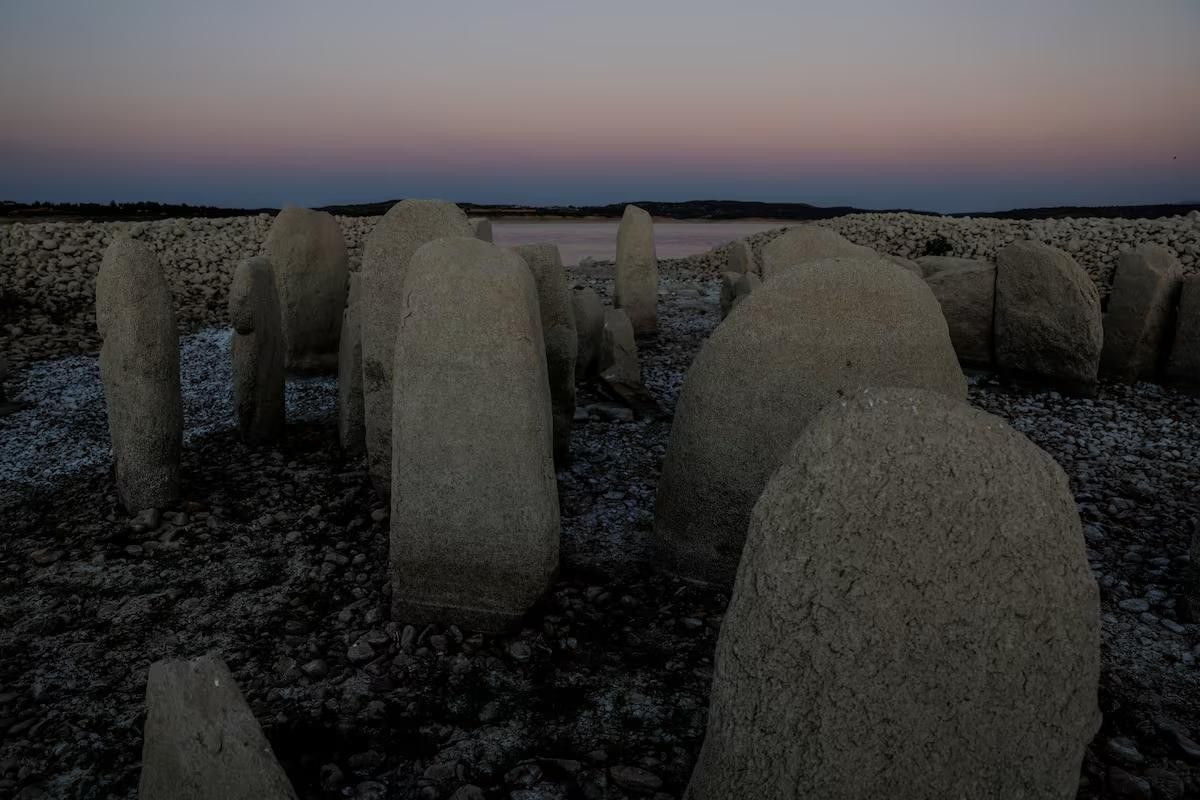
Buddhist Statues, Yangtze River, China
In August 2022, a severe drought in southwest China caused water levels in the Yangtze River to plummet, revealing the submerged island of Foyeliang. Three Buddhist statues, estimated to be around 600 years old, emerged and are believed to have been built during the Ming and Qing dynasties.
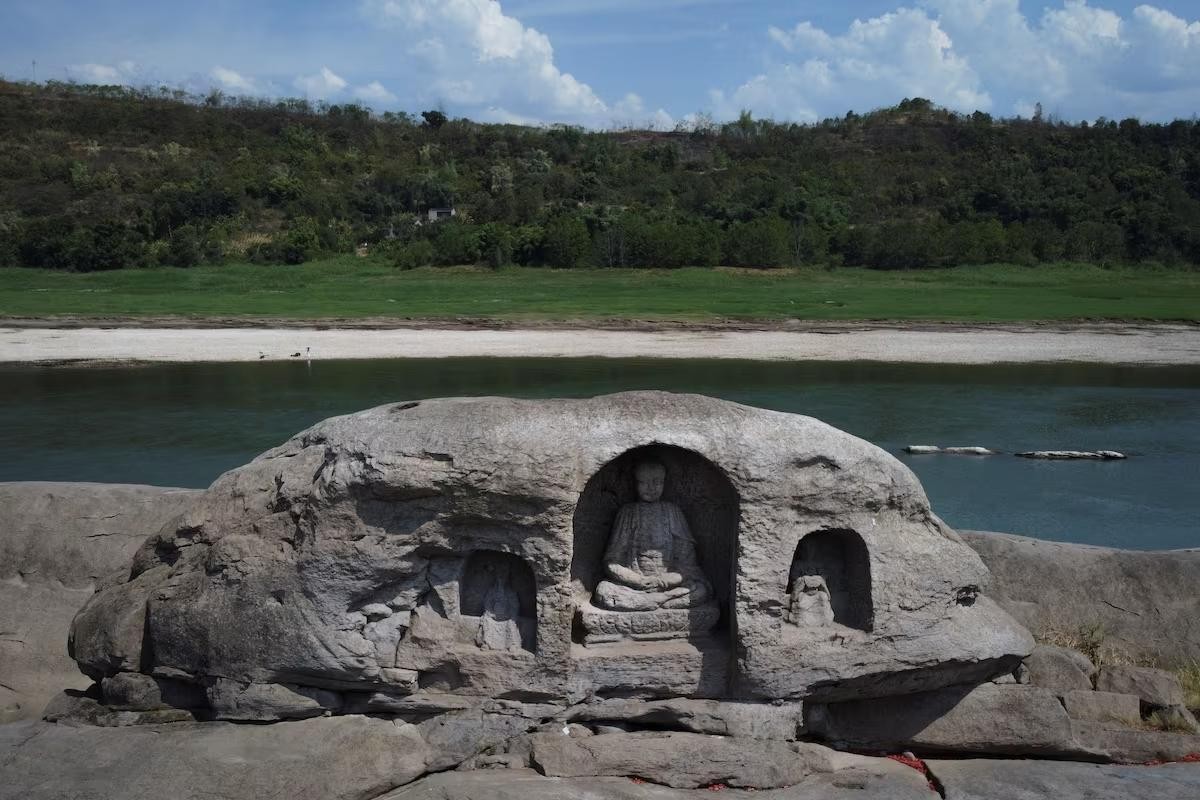
Unexploded World War II Bomb, Po River, Italy
The severe drought during the summer of 2022 dried up parts of the Po River in Italy, leading fishermen to discover a 450-kilogram World War II bomb that had remained unexploded. The discovery forced authorities to suspend air and river traffic in the vicinity and evacuate around 3,000 residents. After securing the area, the bomb was safely detonated in a controlled explosion.
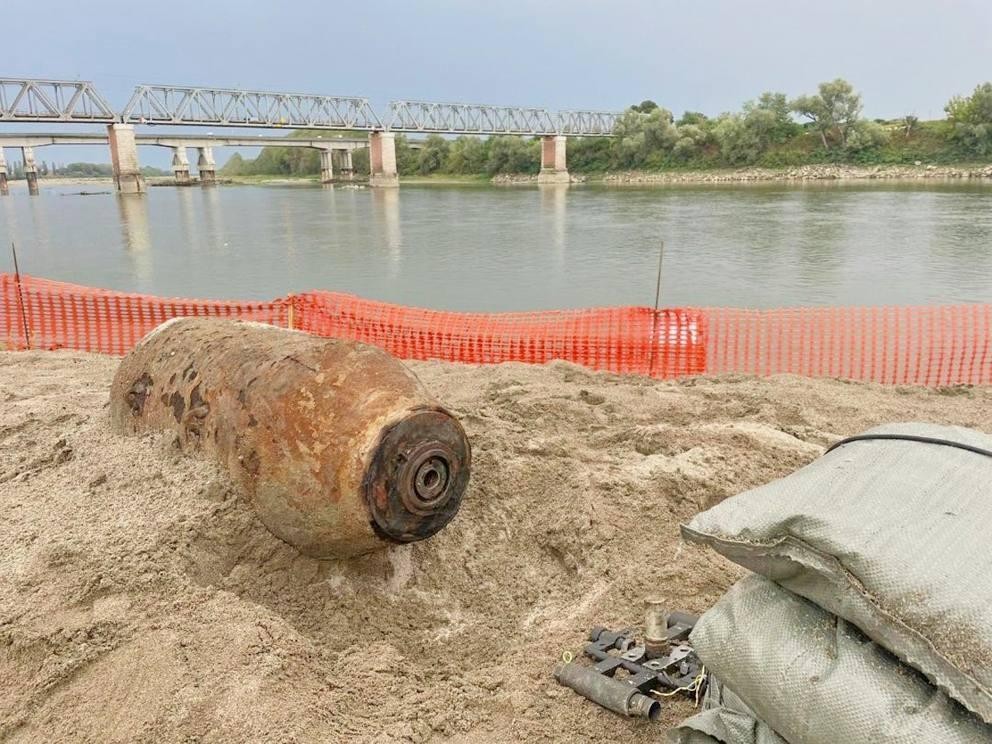
Ancient Roman Bridge “Pons Neronianus”, Tiber River, Italy
The drought of summer 2022 also lowered water levels in the Tiber River, revealing the remains of an ancient Roman bridge, the Pons Neronianus, also known as Nero’s Bridge. Some historians believe it was either built or later reconstructed during the reign of Emperor Nero (54–68 AD), adding to the rich history of bridges in Rome.
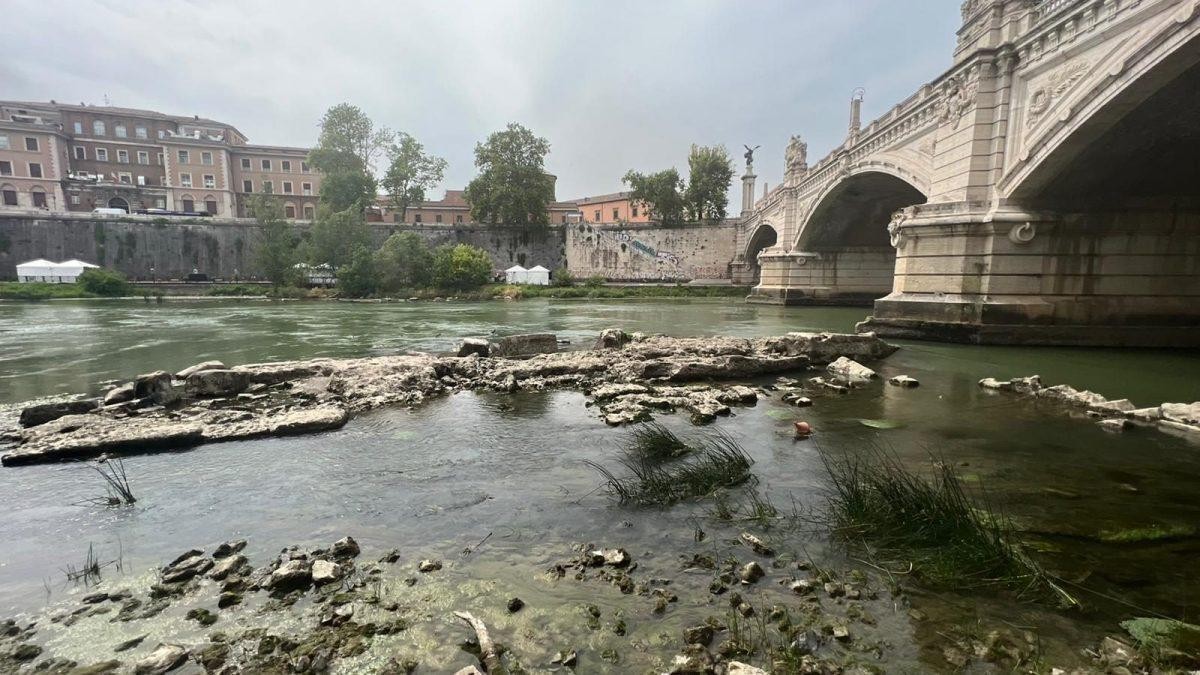
Lost City of Zakhiku, Mosul Reservoir, Iraq
When a severe drought lowered water levels in the Mosul Reservoir, in the Iraqi Kurdistan region, archaeologists uncovered what is believed to be a lost city dating back approximately 3,400 years. The site, described as “an extensive city with several large buildings,” is thought to be Zakhiku, an ancient center of the Mittani Empire (circa 1550–1350 BC).
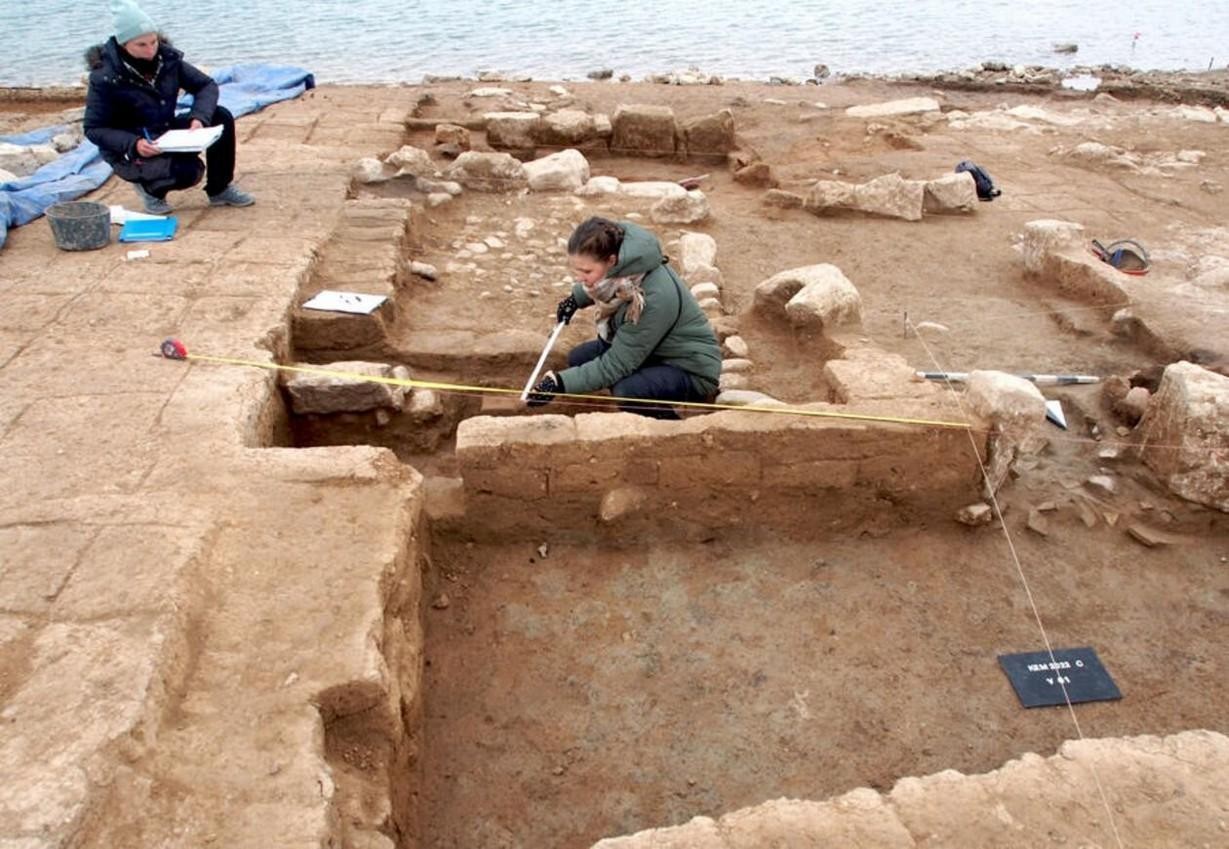
World War II Ships, Danube River, Serbia
The summer drought of 2022 in Europe caused more than a dozen Nazi ships to resurface from the dried-up Danube River, near Prahovo, Serbia. Many of these ships, part of the Nazi Black Sea fleet in 1944 during their retreat from Soviet forces, still contained ammunition and explosives.
